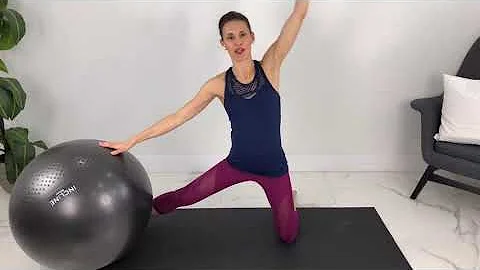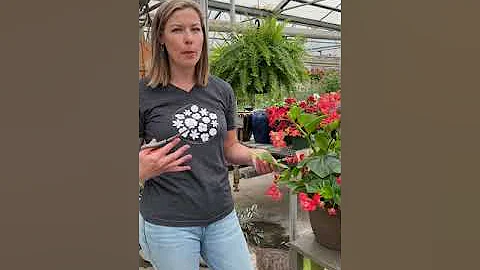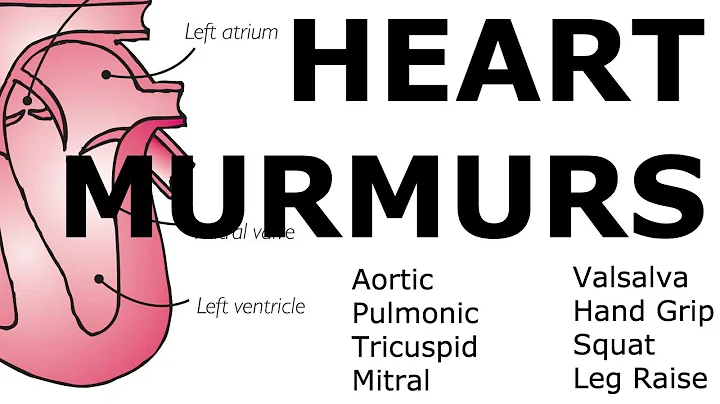Achieve Seamless Wall Touch-Ups with These Color Matching and Blending Techniques
Table of Contents
- Introduction
- Finding the Right Paint Color and Sheen
- Color Matching with a Sample
- Using a Paint Deck for Color Selection
- Understanding Sheen and Its Importance
- Different Sheen Options for Different Spaces
- Tools for Applying Paint
- Using a Crumpled Paper Towel for Touch-Ups
- Comparing Different Sheens on a Wall
- Managing Expectations for Touch-Ups
🎨 Small Wall Touch-Ups: Color Matching and Blending Techniques
Are you faced with small wall touch-ups that seem like a daunting DIY project? If so, you're not alone. Many homeowners and property owners find themselves in the same predicament - how to match the color and texture of a small repair without repainting the entire wall. In this article, we'll guide you through the process of color matching, selecting the right sheen, and blending the texture to seamlessly blend in with the existing wall. So let's dive in and make your wall touch-up project easier and more successful!
Finding the Right Paint Color and Sheen
When it comes to matching paint colors, it's not just about the hue but also the sheen. Ideally, you would have the original bucket of paint used on your walls as a reference. If you recently purchased the property, check the garage, attic, or basement for any leftover paint cans. Finding the exact brand and type of paint will give you a head start in the color matching process. However, if you don't have a paint can, don't worry. Sherwin-Williams is an excellent option for color matching. Their knowledgeable staff can assist you in finding a close match based on a sample from your wall.
Pros
- Having the original paint can provides the best color reference
- Sherwin-Williams has helpful staff for color matching
Cons
- Finding the exact paint can be challenging, especially for older properties
- Color matching may not be 100% perfect, especially for touch-ups
Color Matching with a Sample
If you don't have the original paint can, you'll need to provide a sample to Sherwin-Williams for color matching. Avoid cutting out a chunk of your wall, as it could create unsightly patchwork. Instead, look for areas where paint may be hidden, such as behind trim or large wall plates. Once you have a dime-sized (or larger) sample, take it to Sherwin-Williams for their color match machine. This machine requires a minimum sample size to provide accurate results. However, keep in mind that even with color matching, achieving an exact match for touch-ups is challenging due to factors like fading and aging of the existing paint.
Using a Paint Deck for Color Selection
If obtaining a sample is not possible, you can rely on a paint deck from Sherwin-Williams. These decks contain a wide range of colors categorized into sections for easy navigation. For wall touch-ups, focus on the neutrals or whites section as these are usually the most common wall colors. Start by fanning out the deck and narrowing down your options based on your wall's current color. Once you have a few potential matches, compare them to the wall to see which one blends most seamlessly. In this specific example, Repose Gray was selected as the closest match to the wall color.
Pros
- Paint decks provide a wide selection of colors to choose from
- Can help narrow down options without a sample
Cons
- Limited to the colors available in the paint deck
- Can be subjective and time-consuming to find the best match
Understanding Sheen and Its Importance
In addition to color matching, understanding sheen is crucial for a successful touch-up project. Sheen refers to the level of glossiness or shine in a paint finish. Different spaces and surfaces require different sheen levels. For general living spaces, a flat or matte sheen is typically used, as it has a non-reflective finish. Kitchens and bathrooms, on the other hand, may benefit from an eggshell or satin sheen, as these provide some durability and are easier to clean. It's essential to choose a sheen that closely matches the existing wall surface to achieve a seamless touch-up.
Pros
- Sheen selection ensures consistency in appearance
- Different sheen levels offer versatility for various spaces
Cons
- Sheen variation can occur between brands and paint types
- Achieving a perfect sheen match for touch-ups is challenging
Different Sheen Options for Different Spaces
To select the appropriate sheen for your touch-up, consider the function and location of the wall. For walls in typical living spaces, a flat or satin finish is often ideal. Flats provide a smooth, non-reflective surface, while satin offers a slight sheen without being overly glossy. In high-traffic areas, such as hallways or children's rooms, consider using an eggshell finish, which strikes a balance between durability and aesthetics. For doors and trim, semi-gloss or gloss finishes are commonly used due to their increased durability and ability to withstand frequent contact.
Tools for Applying Paint
When it comes to applying paint for touch-ups, you have a few options for achieving the right texture. One popular method is using a 3/8-inch nap roller to create an orange peel finish that matches the existing wall texture. Alternatively, you can use a two-inch Purdy brush to dab the paint onto the wall and then blend it in. Depending on your preference and the desired texture, either method can be effective. Additionally, there are specific tools, such as combs, that can help clean out water-based latex paint and ensure a smooth application.
Using a Crumpled Paper Towel for Touch-Ups
To blend the paint and texture during touch-ups, you can try a simple technique using a crumpled paper towel. This method can provide a small texture similar to the orange peel finish created by a roller. Start by putting a small amount of paint on a lid or palette, then take a crumpled paper towel and dab it into the paint. Begin gently applying the paint to the repaired area, aiming to match the texture of the surrounding wall. While this technique may not yield perfection, it is a viable option for small touch-ups that minimize the appearance of the repaired area.
Comparing Different Sheens on a Wall
Even with color matching and proper blending techniques, it's important to manage your expectations for touch-ups. Achieving an exact match to the existing wall surface is nearly impossible due to factors like paint aging and fading. To illustrate this, three Repose Gray touch-up examples were created: one with a flat sheen, one with a matte sheen, and one with a satin sheen. From certain angles, the differences between the touch-ups and the original wall surface are noticeable. When attempting touch-ups, it's crucial to understand that they will never be entirely invisible. For a seamless result, painting the entire wall may be necessary.
Managing Expectations for Touch-Ups
In conclusion, small wall touch-ups can be challenging endeavors. While there are techniques and methods to blend the color and texture, achieving perfection is unlikely. It's vital to manage your expectations and recognize that touch-ups will never completely disappear. However, by following the steps outlined in this article, you can achieve satisfactory results that minimize the visibility of the repaired area. Remember to choose a matching color and sheen, use the appropriate tools, and blend the texture effectively. With a blend of skill and realistic expectations, you can tackle those small wall touch-ups with confidence!
📌 Highlights
- Color matching is crucial for successful touch-ups.
- Sherwin-Williams provides excellent assistance in color matching.
- Sheen selection plays a significant role in achieving consistency.
- Different sheen options are suitable for various spaces and surfaces.
- Applying paint with a crumpled paper towel can yield satisfactory results for touch-ups.
FAQs
Q: Can touch-ups ever look completely invisible?
A: Achieving invisible touch-ups is challenging due to factors like paint aging and texture variations. While you can minimize the visibility, perfection is unlikely without repainting the entire wall.
Q: What happens if I don't have the original paint can for color reference?
A: If you don't have the original paint can, you can either provide a sample for color matching or use a paint deck to select the closest hue. Keep in mind that color matching may not be exact.
Q: Which sheen should I use for walls in high-traffic areas?
A: For high-traffic areas, consider using an eggshell finish, as it offers a balance of durability and aesthetics. This sheen can withstand frequent contact and is easier to clean than flats.
Q: Can I use a paint roller for touch-ups?
A: Yes, a 3/8-inch nap roller can be useful for creating an orange peel texture that matches the existing wall. However, a two-inch Purdy brush can also be effective for dabbing paint and blending it in.
Q: How can I clean out water-based latex paint from my tools?
A: Tools such as combs are excellent for cleaning out water-based latex paint. These tools can help ensure the proper removal of excess paint, making your tools ready for future use.
Resources:







